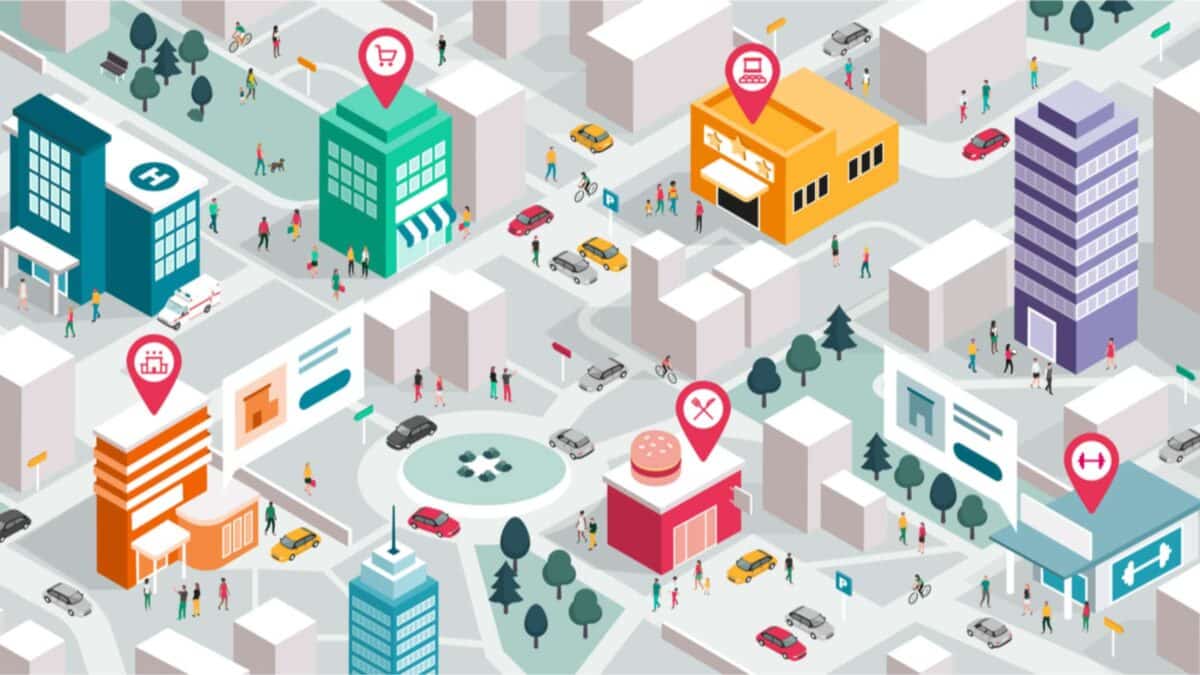Introduction
Melbourne, often touted as one of the world’s most livable cities, is undergoing a significant transformation. With its population projected to burgeon from 5 million to 8 million by 2050, the metropolis faces a series of formidable challenges. The Victorian Government has proactively responded to this looming complexity through its long-term strategy, Plan Melbourne. This article will delve into the key aspects of urban planning in Melbourne, exploring how planners aim to foster sustainability, livability, and equity while navigating a maze of challenges.
The Vision of Plan Melbourne
Plan Melbourne serves as a roadmap for the city’s growth, aspiring to make Melbourne a global city of opportunity and choice. It envisions a future with a robust economy, a healthy environment, and a vibrant, inclusive community. Achieving this utopian vision hinges on effective urban planning, which is already shaping the city in several critical dimensions.

Sustainability
Given the escalating concerns about climate change, Melbourne has committed to becoming a carbon-neutral city by 2050. This commitment involves rigorous urban planning to reduce greenhouse gas emissions and to improve resilience against climate perturbations. Strategies include enhancing public transportation, encouraging the use of renewable energy sources, and implementing eco-friendly building standards.
Livability
Melbourne’s high quality of life is no accident but the outcome of careful planning and investment. A focus on public transportation, parks and green spaces, and social programs ensures the city’s spot on the list of most livable cities globally. Upgrades to the public transit system and expansions to green spaces are integral to maintaining this status.
Equity
Melbourne’s reputation as a multicultural hub adds another layer to the city’s urban planning challenges. The objective is to create an environment where opportunities are accessible to all, irrespective of their socioeconomic status. Social inclusion initiatives, affordable housing projects, and community centers are part of this equitable vision.
Spotlight on Key Initiatives
The 20-Minute Neighborhood
A prime example of Melbourne’s innovative urban planning is the 20-Minute Neighborhood concept. This idea aims to restructure local communities so that all essential services—be it schools, jobs, or shops—are accessible within a 20-minute walk or bike ride. This strategy dovetails with both sustainability goals and the enhancement of livability.
The Greenline
The Greenline project aims to establish a 30-kilometer network of parks and trails encircling Melbourne’s inner suburbs. This initiative will not only offer more recreational areas but also help mitigate environmental issues like air pollution and urban heat island effects.
Fishermans Bend Urban Renewal Precinct
Fishermans Bend serves as a case study in sustainable urban development. The transformation of this former industrial area into a mixed-use neighborhood focuses on public transport, green spaces, and energy efficiency, echoing the key principles of Plan Melbourne.
Challenges and Way Forward
Climate Change
Melbourne faces a heightened risk from climate change impacts like sea-level rise and extreme weather events. This vulnerability makes climate resilience a cornerstone in urban planning strategies.
Population Surge
The city’s impending population boom will strain resources and infrastructure. The challenge for urban planners is to scale the city’s amenities and services without diluting its quality of life.
Social Inequality
Despite its prosperity, Melbourne grapples with issues of income inequality, which can breed social problems like crime and homelessness. Addressing this inequality is thus crucial for an equitable urban landscape.
Conclusion
Urban planning is not merely a technical exercise but a nuanced endeavor that impacts every facet of city life. In Melbourne, this task takes on added complexity due to the city’s ambitious growth targets and varied challenges. However, guided by the comprehensive vision of Plan Melbourne, the city is poised to set new global standards in sustainable, equitable, and livable urban development.
The roadmap is clear, but the journey is long and fraught with challenges. Yet, if any city can rise to this occasion, it would undoubtedly be Melbourne.



